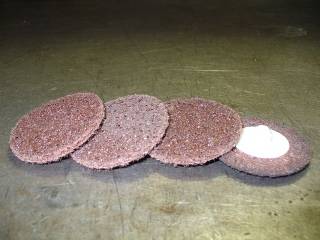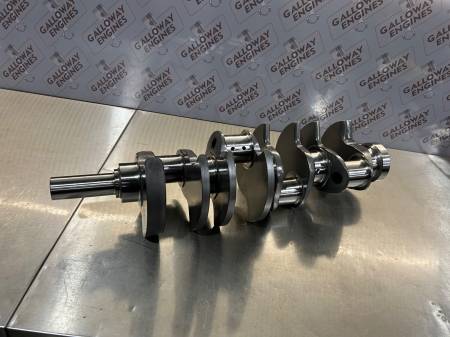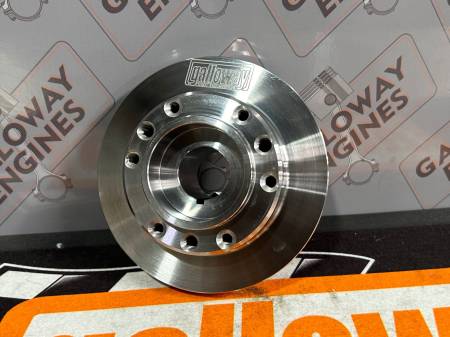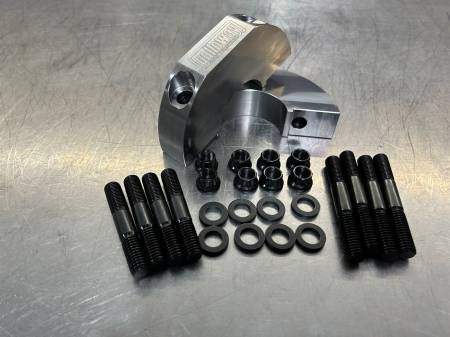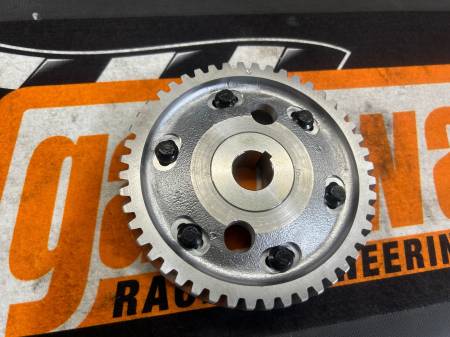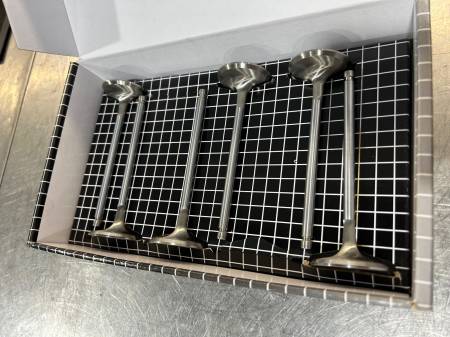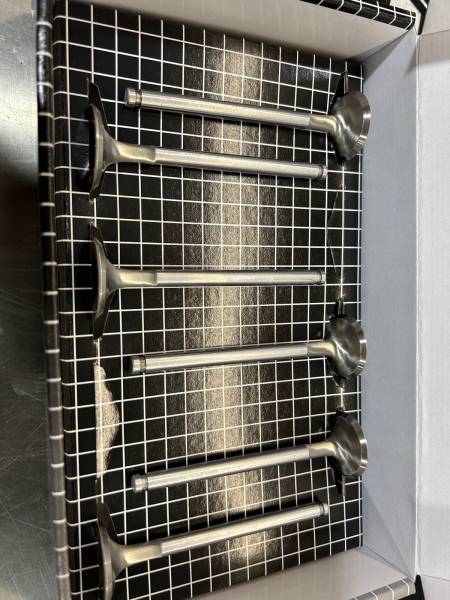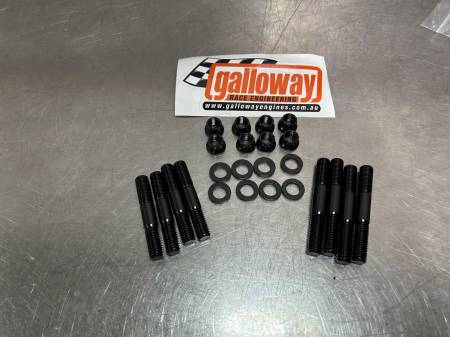Scotch-Brite Discs
Despite claims that the Scotch-brite discs are non-abrasive, they do have the ability to wear away the surface of the block, head or manifold which is being cleaned.
WORKSHOP ALERT
What you may not know about Scotch-brite discs

Time is money! Therefore, any method of making a job easier or quicker is often employed. But, when the quality of the job is jeopardised or there is a risk of down-time, or extra expense in the future, the shortcut is simply not worth it. Such is the case with the use of Scotch-brite discs for the removal of gasket material on block, head and manifold surfaces.
Many mechanics are unaware of the damage which can be caused by using Scotch-brite discs.
Despite claims that the Scotch-brite discs are non-abrasive, they do have the ability to wear away the surface of the block, head or manifold which is being cleaned. The problem is, the disc does not wear away the surface evenly. Often it is applied to specific area where stubborn pieces of gasket material remain. This creates dips in the surface. When the disc is used near the edge of the surface or near holes such as water jackets, the corners of the surface are rounded off. Dips and rounded corners on a flat surface create gaps between the face and the new gasket when the engine is reassembled. These gaps mean that there is an improper seal which leads to gasket failure. Gasket manufacturers will void all warranty if scotch-brite discs have been used. The diagram shows an exploded view which illustrates this non-sealing principle further.

In order to remove the dips and rounded corners produced after using a scotch-brite disc, the surface has to be properly machined. Material is evenly skimmed from the surface of the object until a perfectly flat surface is achieved. In cases where these dips are deep, there is a lot of material which must be removed. An imperfection which is .008" deep means that .008" has to be skimmed from the surface of the component to achieve a flat surface. Machining large amounts of material from the top of a block can lead to piston height clearance problems and increased compression ratio.
Scotch-brite discs should NOT be used.

This picture shows the extent of the damage which can be done. The imperfections are still evident after .008" has been machined from the surface of this block.

